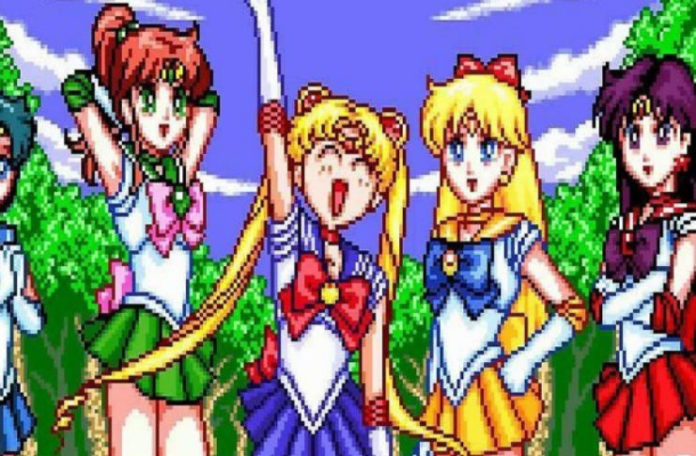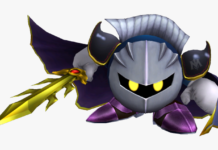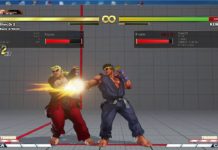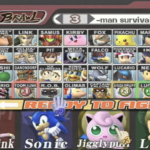Balance in fighting games is important; you don’t want a game with a few select characters that have overpowered options, as this stagnates the meta and will leave both players and spectators bored very quickly. However, there are examples of broken, unbalanced games that are still fun, such as the Super Smash Bros. Brawl mod “Brawl Minus.”
The truth is, nothing comes close to this relatively obscure title from 1994 that is so broken, it is almost perfect. And no, it is not a Street Fighter or Final Fight title that takes the crown, but rather the fiercest franchise of all: Sailor Moon.
Just Another Fighting Game?
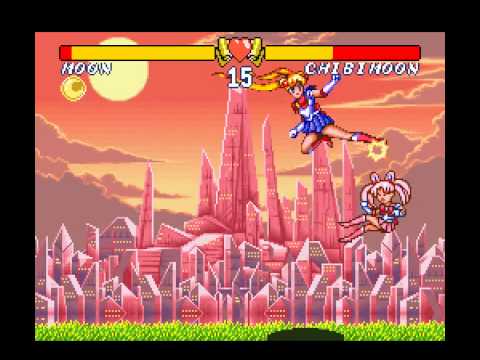
Bishoujo Senshi Sailor Moon S: Jougai Rantou!? Shuyaku Soudatsusen was released exclusively in Japan on December 16th, 1994 for the Super Famicom. Like many titles exclusive to Japan, it remained basically unknown to Western audiences for a long time. After a side event appearance at Canada Cup 2017, it has continued to make appearances as a niche side event at tournaments such as EVO, as well as having a weekly tournament for a time in the Toronto fighting game community.
Sailor Moon S is unique because of the ways it seems to resemble so many fighting games of the time; the life bars, animation, sound effects all seem reminiscent of Street Fighter II, and a lot of the gameplay elements seem the same, such as light and heavy hits, throws, special moves, supers, and chip damage.
The Big Difference
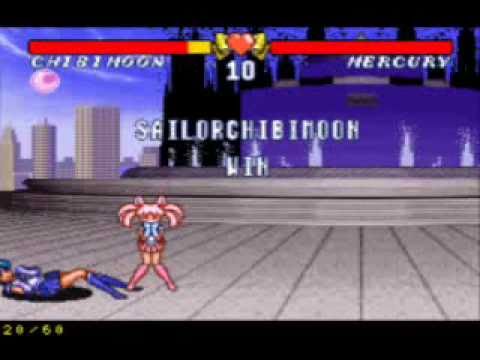
One key aspect that makes Sailor Moon S game drastically different than any other fighting game is what you can cancel. In most fighting games, what moves you can cancel are limited, and vary from game to game. This means that you’re more likely to use moves that safe on block, and look for hit confirms.
In Sailor Moon S, the only thing you can’t cancel is one special move into another. That’s right; you can cancel virtually any move in this game to either retreat or keep up the pressure. You can toss out safe hitboxes and then immediately backdash, or cancel the backdash if a hit confirms so that you can follow up with a combo.
Reading that, you might be thinking “Why ever go on the defensive? As soon as someone attacks, they can just overwhelm the other person.” Well, the beauty of Sailor Moon S is that the broken cancelling mechanics work both ways: you can also cancel out of a block. This means that recklessly tossing out moves could be your undoing, as the opponent can just block and then dish out a punish to cover whatever you do afterwards.
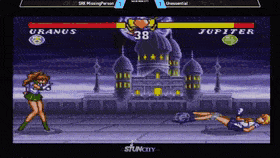
To top it all off, the “supers” in Sailor Moon S, which can only be activated if the player is in low health or if there are less than 10 seconds left on the clock, can also be cancelled. This means that if you were to land a hit confirm out of a block into a super, you could deplete almost 70% of someone’s health with off a block; quite a different look from other fighting games.
Why Is It Popular?
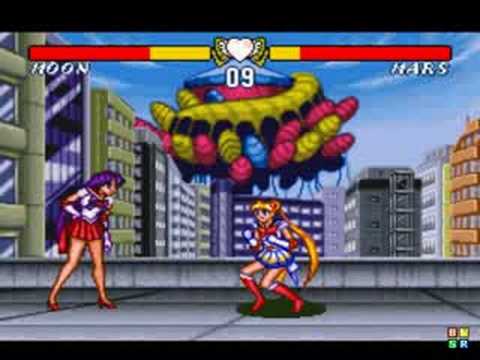
Only a few select fighting games can be in the limelight at one time, but almost every game imaginable has its own niche scenes. A game is more likely to stand out if it offers something that hasn’t been done before by another game.
What Sailor Moon S brings is the fighting game format done to the extreme. Balance is thrown out the window for a style of play that is so absurd, it’s as hilarious as it is enjoyable. It brings us back to a time when fighting games were about beating each other up in the best way possible.
If you’re curious about what the game looks like when played by seasoned fighting game players, check out the top 4 from EVO 2018 to get a feeling for why this game is so loved by the few who play it.
Shout-outs to Canada for being too good at this game!


